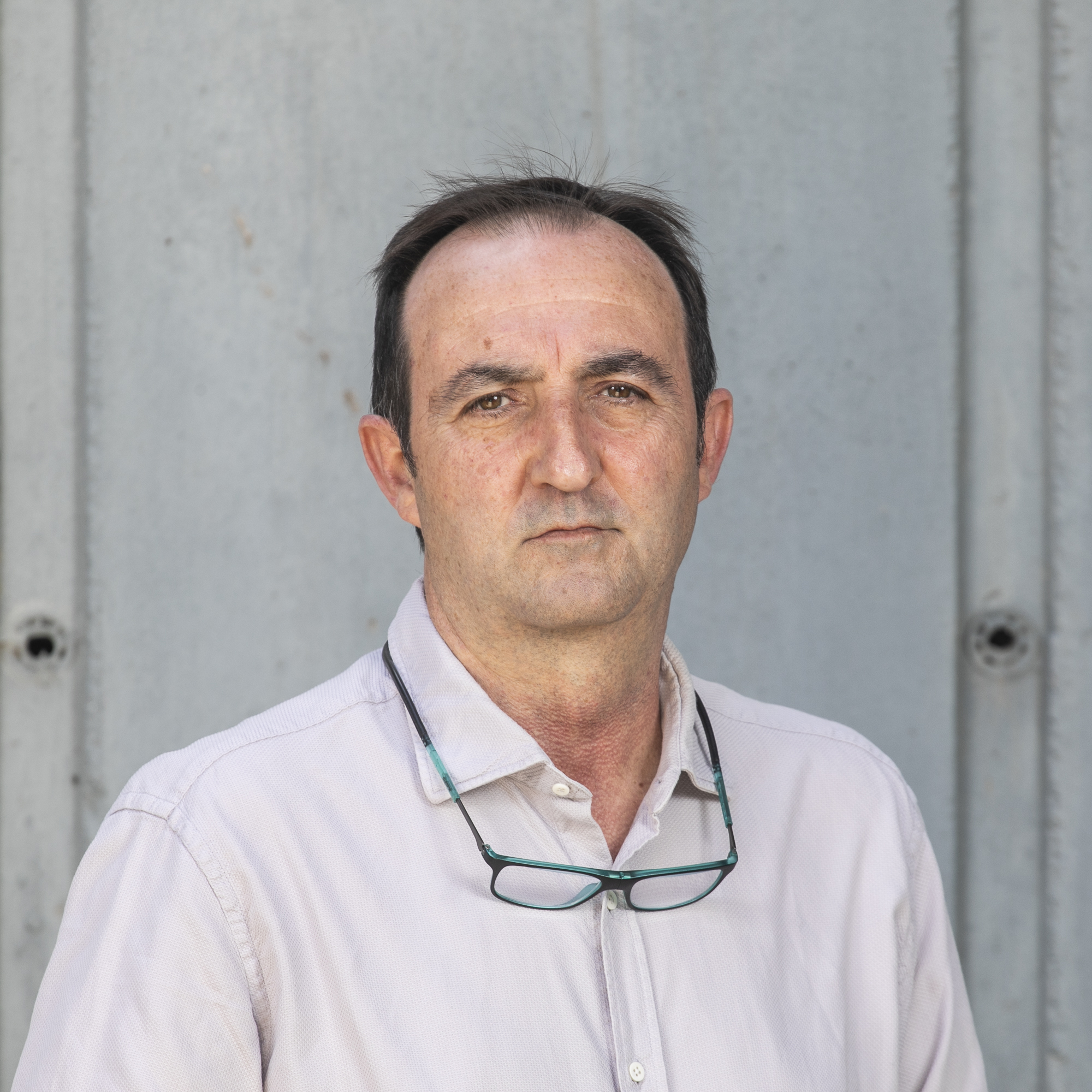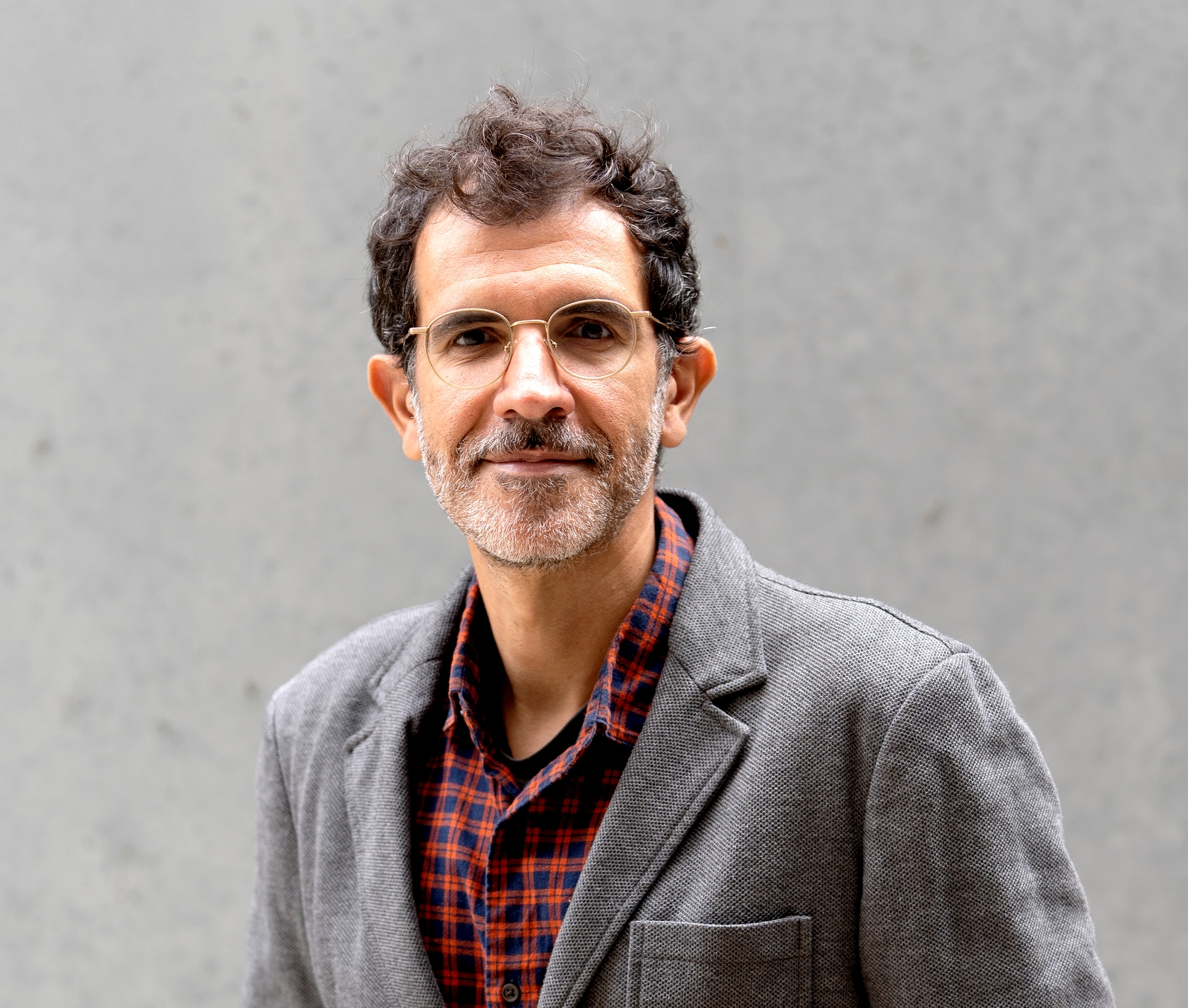Internal Migration, Spatial Distribution of Population and Rural Depopulation
Description
The recent evolution of the components of population growth has given internal migration an increasingly important role in the spatial redistribution of the population, especially at small geographical scales. Internal migration is thus configured as the main mechanism that shapes human settlement patterns, decisively influencing the dynamics of population concentration and dispersion in the territory. Among its most significant manifestations is rural depopulation. Our line of research, mainly focused on Catalonia and Spain, with projections towards Europe and Latin America, is articulated around five main lines of analysis, which are deeply interrelated:
- The study of internal migrations in all forms, addressing their demographic, social and economic determinants, as well as the specific behaviours of different population subgroups.
- The analysis of population patterns and spatial distribution of the population, with special attention to the territorial transformations derived from internal movements.
- The evolution of rural depopulation, looking in depth at the mechanisms involved in its development and the study of policies aimed at slowing down and reversing these processes.
- Spatial demography, understood as the meeting point between population geography and the new techniques of spatial econometrics, which make it possible to identify areas of the territory with specific concentrations of certain demographic characteristics.
- The development of methodologies to take advantage of different sources of demographic and administrative information to improve knowledge of internal migration processes.
Team






Ph.D in Sociology (Universidad Nacional de Educación a Distancia)
